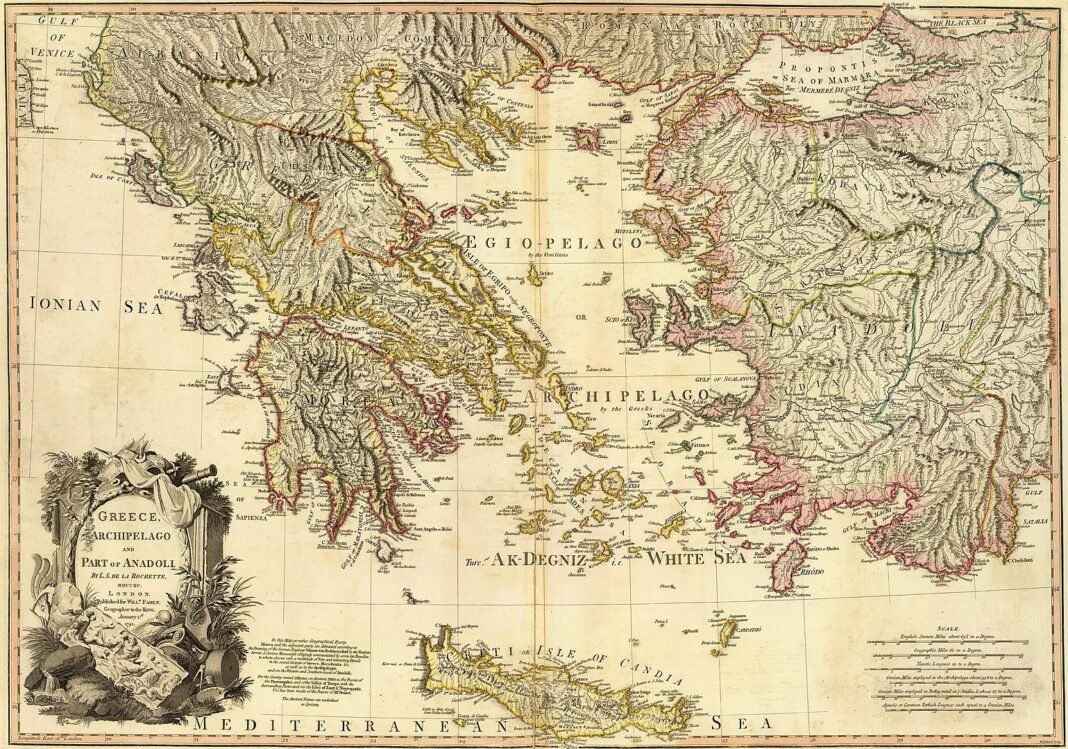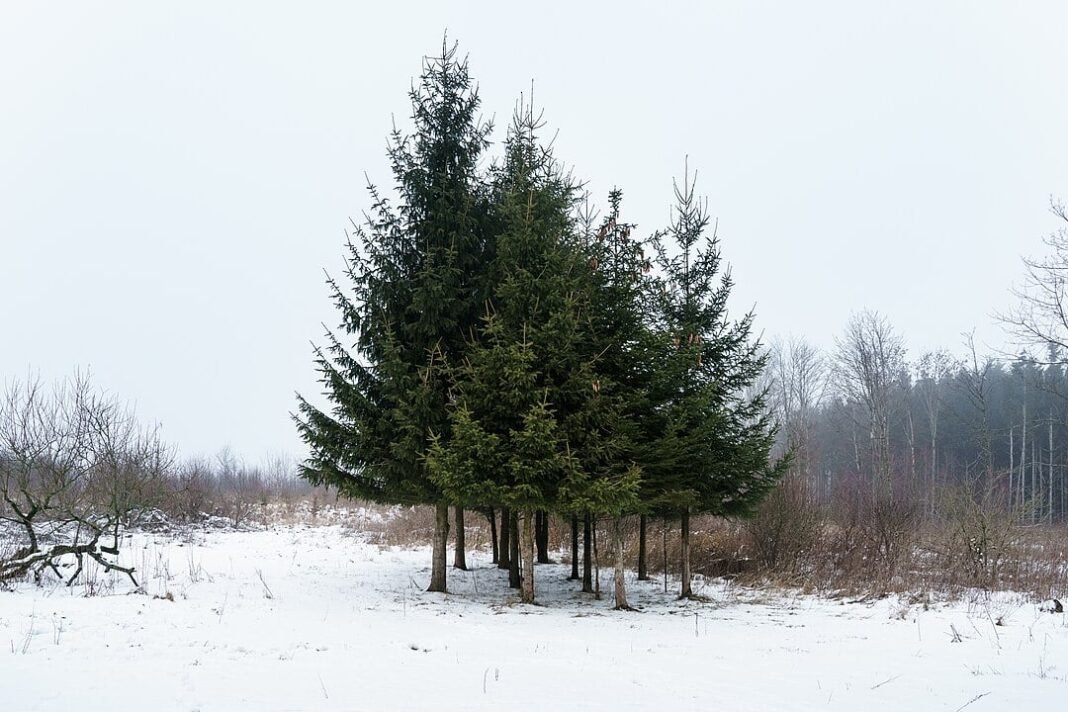
A geological study suggests that part of modern-day Greece may have once been physically connected to what is now South America, hundreds of millions of years ago.
The findings come from research into ancient rock formations in the Pelagonian zone of northern and central Greece, showing strong chemical and age similarities with crust from the Amazon region.
Lead researcher Olga Zlatkin, a geologist at the Hebrew University of Jerusalem, and her team analyzed zircon crystals found in rocks that date back nearly 700 million years.
These tiny minerals hold chemical fingerprints that revealed a surprising origin. The study, published in the journal Lithos, shows the Greek samples contain isotopic features closely matching those found in the Amazonian part of South America.
Ancient crust traced back to Amazonia
Zlatkin explained that the composition and age patterns of the zircons do not align with known African or European sources.
Instead, they resemble material from western Gondwana—an ancient supercontinent that once combined South America and parts of Africa, Antarctica, and other modern landmasses. This points to a time when the crust that forms part of Greece today may have sat near or been part of the landmass that later became South America.

The rocks examined come from the Pelagonian zone, a key geological section that runs through mainland Greece and into the Aegean. Previous studies suggested these rocks were Paleozoic in age and tied to northern Africa.
But Zlatkin’s team dated the surrounding granite intrusions to about 700 million years ago and found the metasedimentary rocks they cut through are even older.
One of the oldest terranes in Southeast Europe
The research explains that the zircon grains in these sediments show a peak in ages between 1.0 and 1.5 billion years. That pattern is consistent with sedimentary sources in the Amazon region, not with African or Avalonian terranes, which dominate much of the Eastern Mediterranean’s geology.
The team also found that the area later underwent another major geological event around 300 million years ago, known as the Variscan orogeny. But the older zircon signals remained intact, preserving the crust’s original source.
Zlatkin said the discovery makes the Pelagonian rocks some of the oldest known in Greece and among the few in southeastern Europe with a clear Amazonian signature.
She added that this deep crustal link helps explain how small pieces of ancient continents moved across the globe and ended up in entirely new settings through plate tectonics.
The findings offer new insight into Earth’s deep past and help clarify how distant parts of ancient continents broke apart and reassembled over time.


